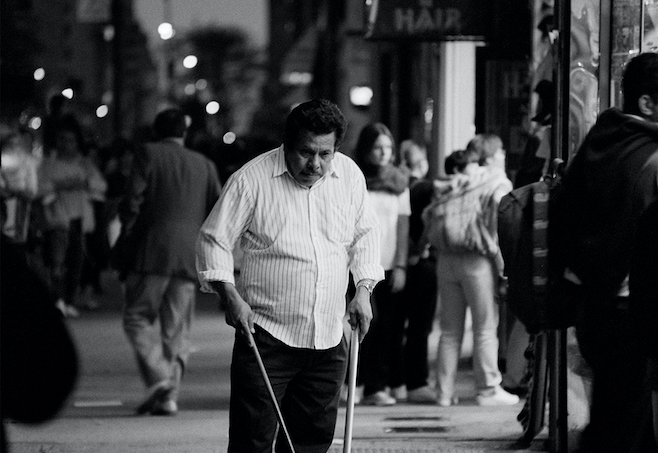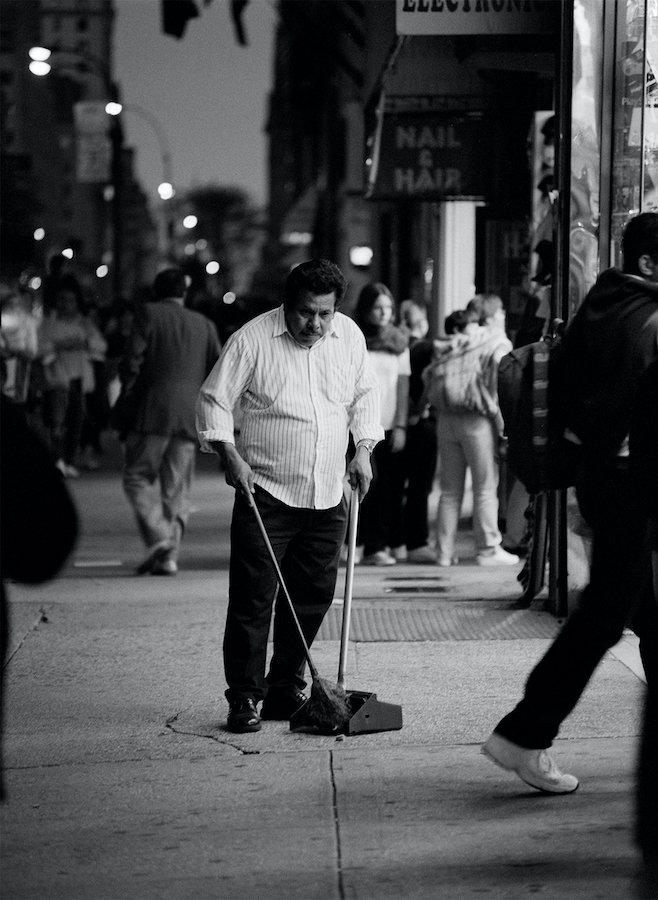DUBAI: I’ve been professionally practicing photography for 30 years. It began as a hobby then became something more. Photography, for me, is the most contemporary artistic expression. It very much captures the spirit of the time. It interests me because it’s a mixture between the human element and technology. You are dependent on the machine to use your talent as an artist.

I’m looking for people to tell me their stories, not to impose a story on them. I find humanity amazing. People are so diverse but, at the same time, so similar. We all face the same issues: Life, death, sickness, poverty, joy, wealth… This series, “Only the Lonely,” is from many other different projects I worked on all over the world. It’s about loneliness in the modern world, loneliness in a crowd. The title is inspired by the Roy Orbison song. He sings: “Only the lonely/Know the way I feel tonight.” When I take these images of lonely people in big cities, I don’t know why but this song always plays in my mind.
In a way, this image symbolizes this lonely person wondering “Do other people know what I feel?” It was taken in New York in the late Nineties. As usual, I was going out walking a lot. And this man happened to be there at the end of the day, cleaning in front of a shop. None of my pictures are staged — I don’t photograph with flash or tripods. My camera is part of my hand.
In France, they call photographers ‘chasseurs d’images’ — hunters of images. That’s what we do: We hunt down images. It’s difficult to explain. You just sense something and you take a picture. It’s usually a split second that symbolizes something that might take pages and pages of written words to explain. One of the reasons why I deal with black-and-white photography is because I’m dealing with metaphysical meanings and philosophy. The black-and-white encourages the viewer to disassociate with the physical world and look beyond it, into the spiritual.


